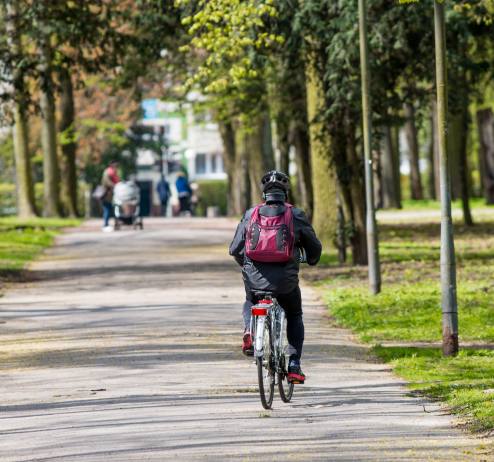Community is at the heart of what we do.
Rooted in Montreal’s Sud-Ouest neighbourhood, RESO is deeply committed to helping every individual develop their skills.


RESO is committed to the community.
RESO was created in the 80s when the main socio-economic groups in the Sud-Ouest identified a shared goal: to halt the deterioration of local living conditions. Today, we continue to take action to fight poverty through the development of individual and community skills.
We offer one-on-one, human support by a team of professionals with in-depth knowledge of the Montreal and Quebec job markets. This service is at the heart of RESO’s mission, and our personalized approach has helped thousands of people reintegrate into the workplace.
RESO is also involved in economic development issues that impact the quality of life in Montreal’s Sud-Ouest. We regularly collaborate with our partners on employment-related challenges, while maintaining our local commitment to inclusive and sustainable economic development that benefits the entire community.
The values that drive us.
Supporting people
Our mission is to support you at every stage of your career path.
Valuing skills
We focus on finding an approach that makes the most of your skills.
Defining goals
We work with you to explore your potential and discover your goals.
An approach adapted to your needs.
At RESO, we believe in self-improvement and recognizing value in the workplace. We support candidates through simple and effective services.
Take the first step, and we’ll help with the rest.
Our team offers one-on-one support to help you discover your strengths. Regardless of your work status, training or experience, we will welcome you and listen to your concerns. Once we know more about your unique needs, interests, expectations, dreams and ambitions, we can guide you towards the right resources.
RESO embraces inclusivity and provides services for everyone. We firmly believe that each profile and situation is unique. If you’re at a turning point in your life or career, we’re here to help you achieve your full potential.